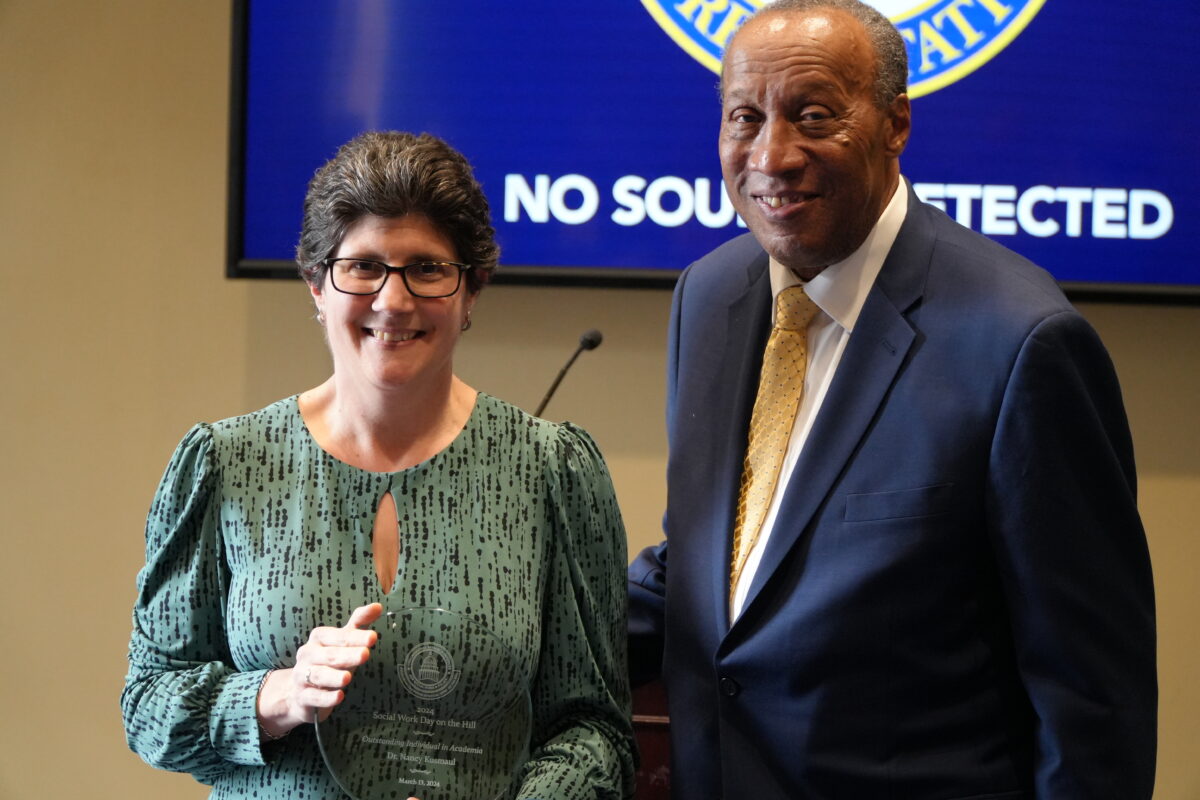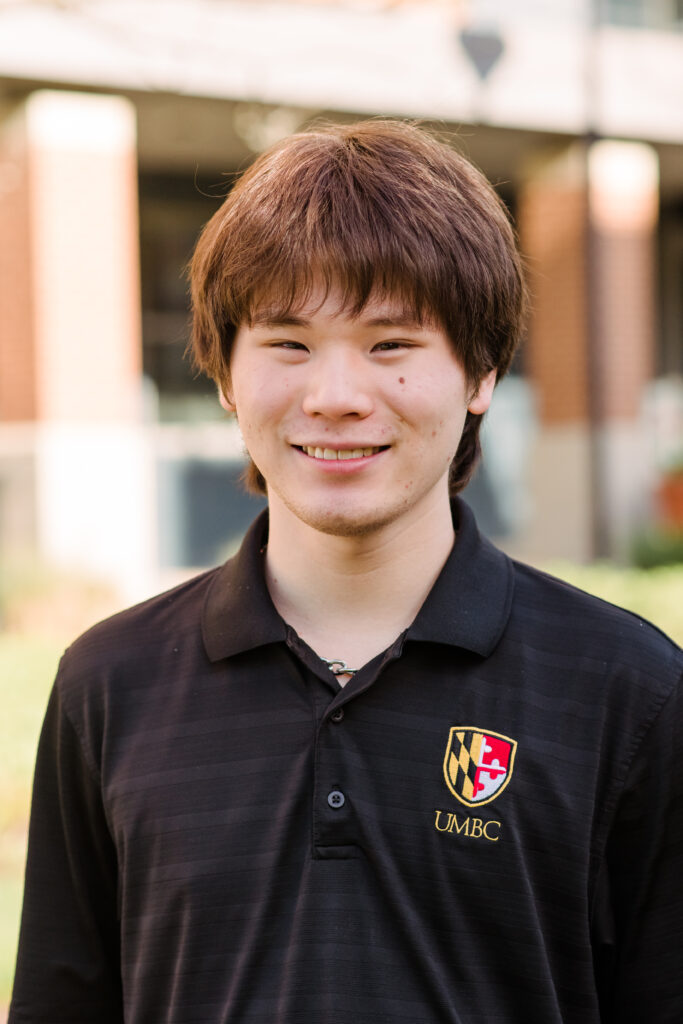A Closer Look at the Inner Space of Disease
Dan Fabris, associate professor of chemistry, became fascinated with the machinery of life at an early age. Now his passion for understanding the inner workings of cells is bringing UMBC a powerful new tool in the fight against diseases like cancer and AIDS.
Fabris was recently honored as one of just 14 U.S. researchers and the leader of the only lab in Maryland to receive a National Institutes of Health National Center for Research Resources (NCRR) High-End Instrumentation grant. With the $1.5 million grant, UMBC has purchased an extremely powerful, high-resolution, mass spectrometer known as a hybrid, 12 Tesla quadrupole-Fourier transform ion cyclotron resonance or Q-FTICR.
The Q-FTICR allows researchers to see molecular-level biochemical reactions that impact drug resistance by HIV, other retroviruses and cancer. UMBC will soon become one of just a handful of U.S. institutions and only three on the east coast to have such a powerful mass spectrometer.
When the custom built instrument arrives in the spring 2007, it will be in high demand by biomedical researchers at UMBC and from across the region. Fabris’s lab will share the Q-FTICR with colleagues in similar research fields like Michael Summers (HIV), Lasse Lindahl (antibiotic resistant germs), Kathleen Seley-Radtke (antibacterial and antiviral drugs) and James Fishbein (cancer).
Fabris’s interest in the machinery of life started as a boy. “I used to drive my parents crazy by taking appliances apart to look inside them, save for being unable to putting them back together afterwards,” Fabris said. “Cells are the most amazing example of how molecular machines work together to accomplish the complex tasks that sustain life.”
(11/8/06)
© 2006-07 University of Maryland, Baltimore County 1000 Hilltop Circle, Baltimore, MD 21250 410-455-1000




